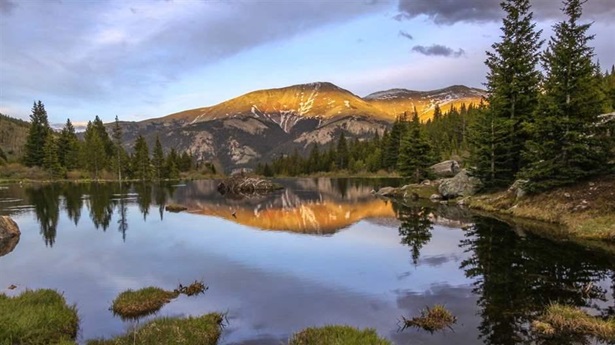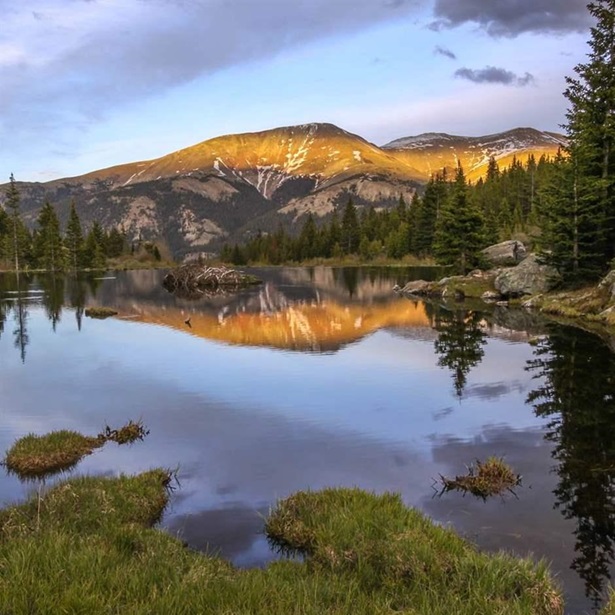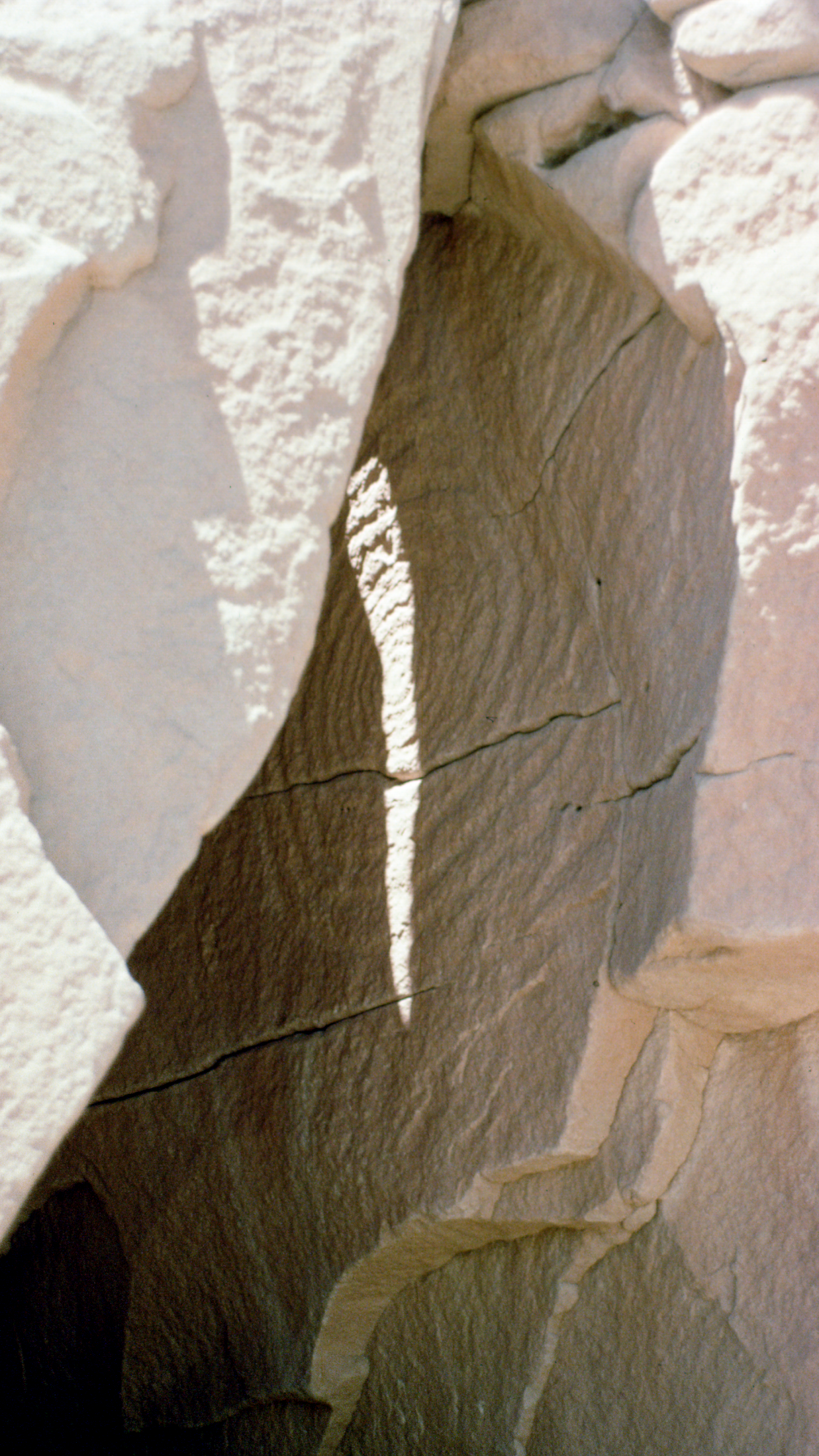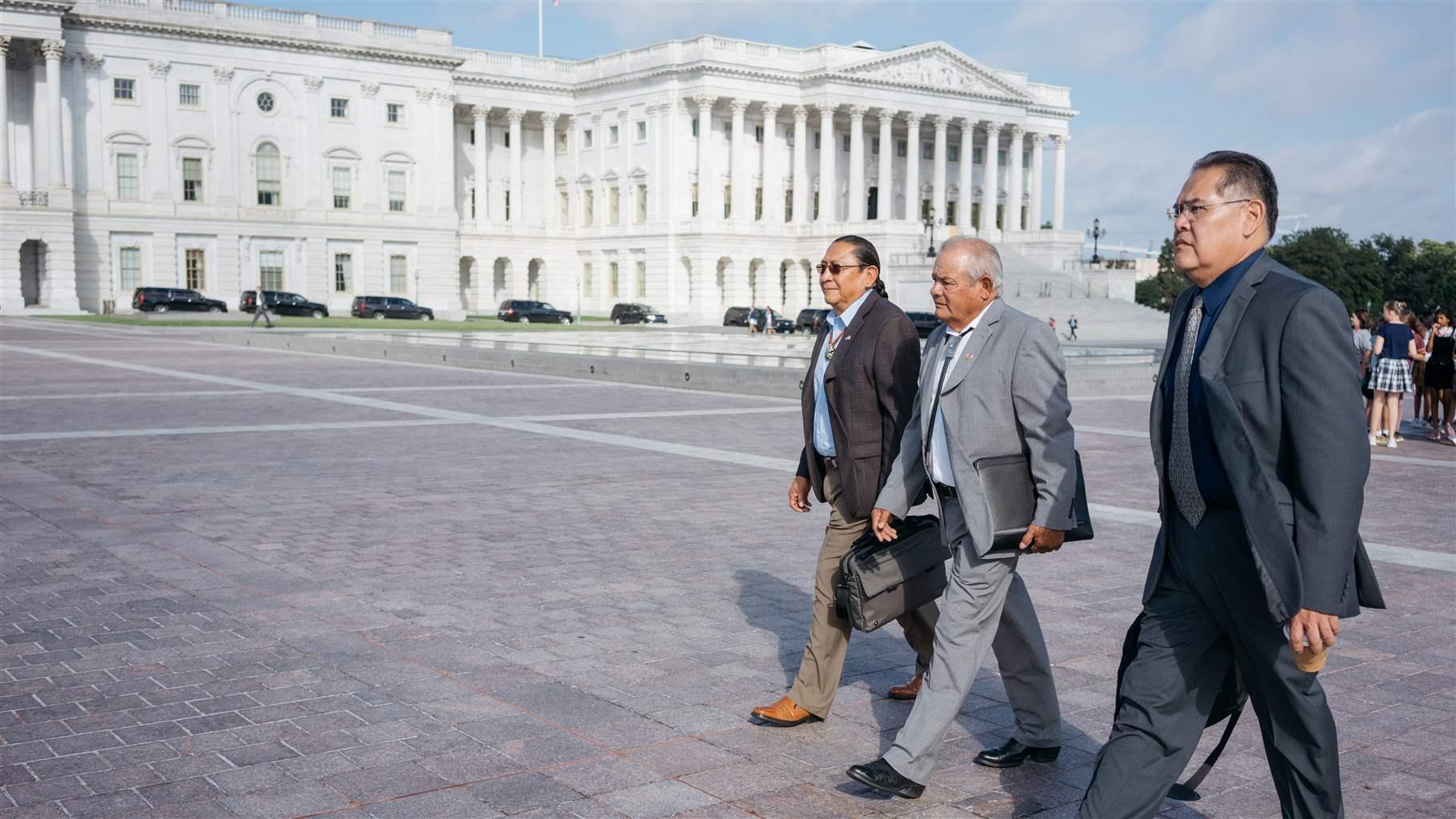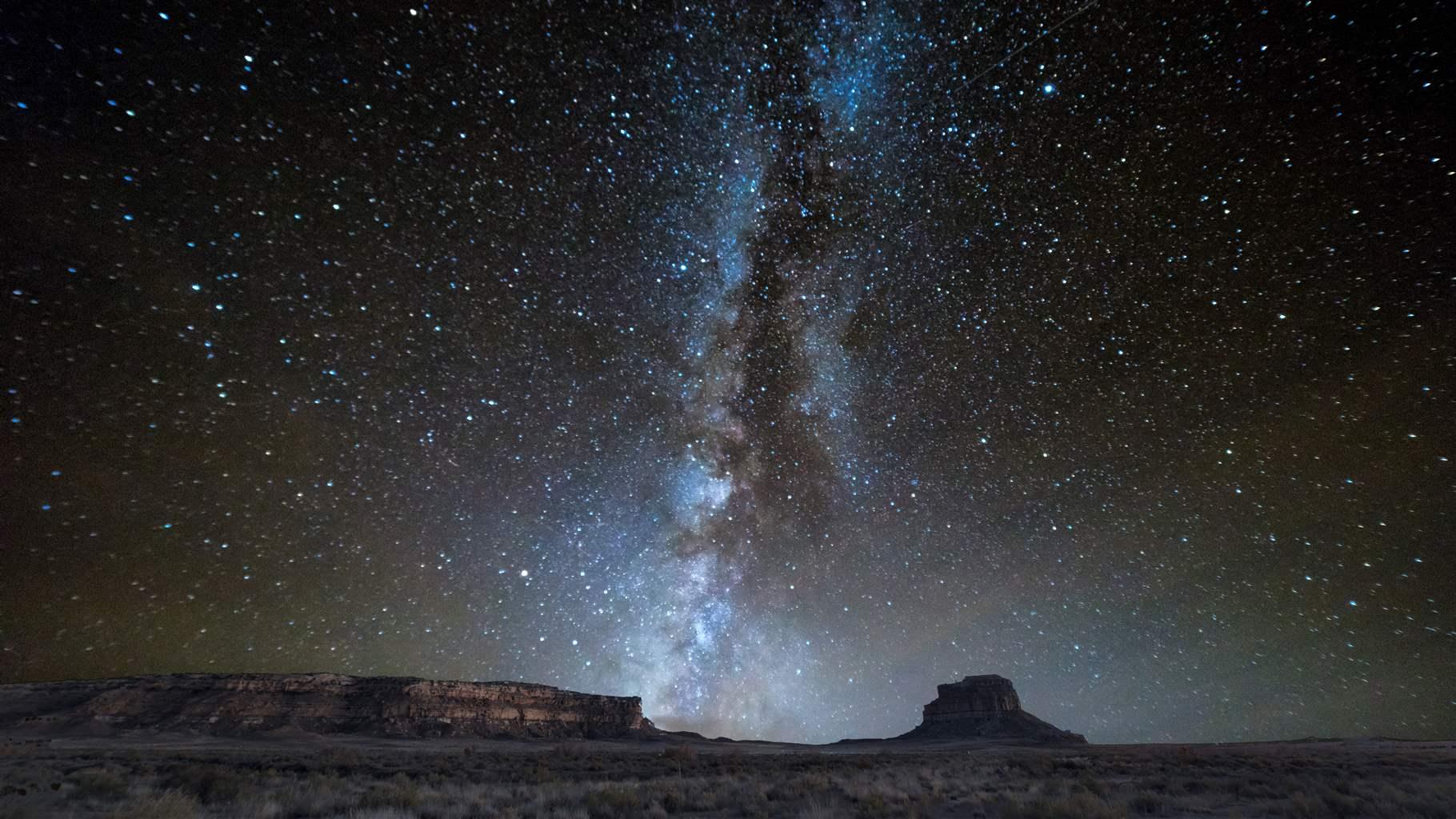Biden Administration Protects Sacred New Mexico Landscape for 20 Years
Tribes revere Greater Chaco Landscape—during summer solstice and year-round
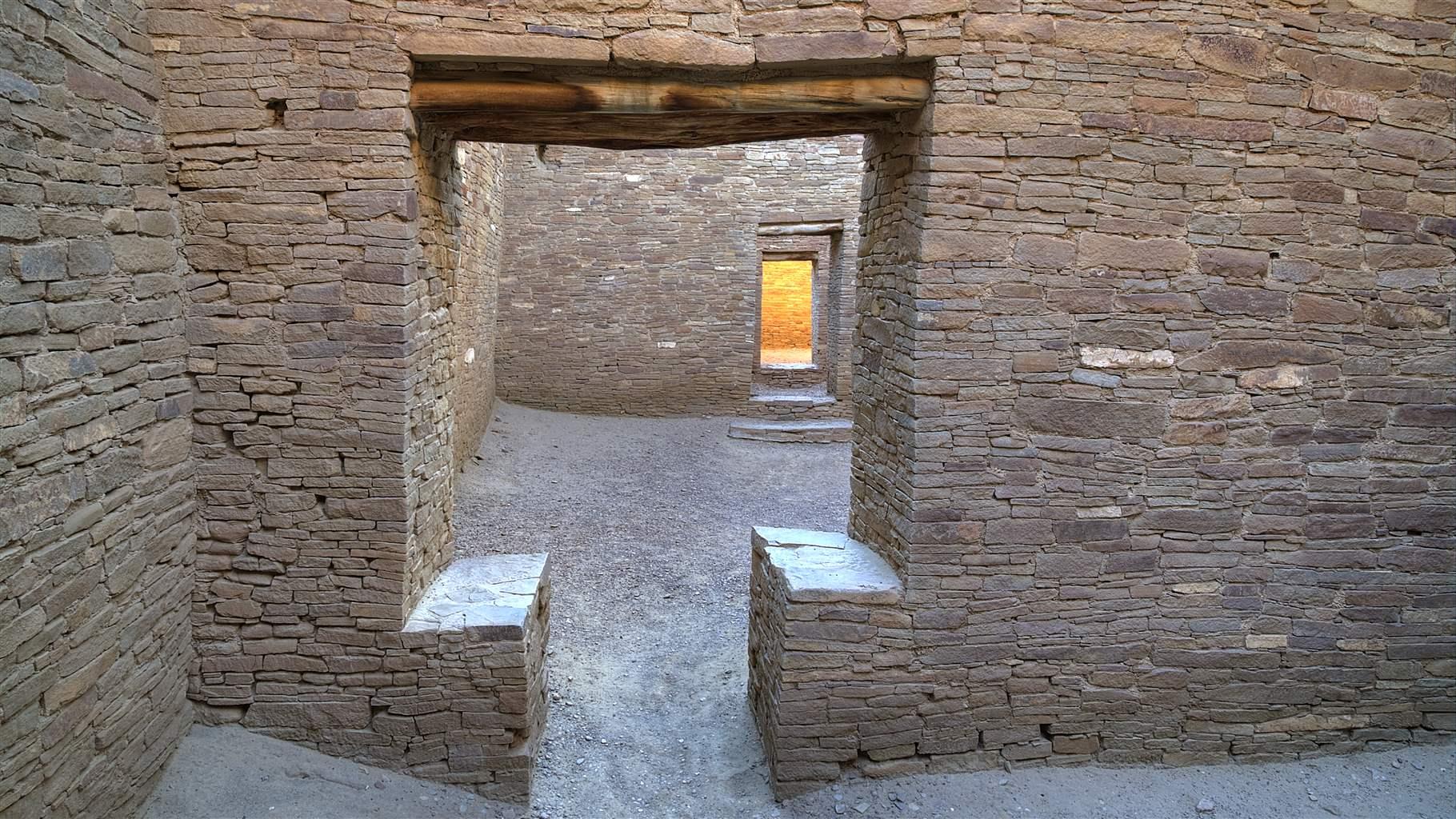
Editor’s Note: This was updated to reflect the acreage of public lands within the withdrawal area.
The Greater Chaco Landscape in northwest New Mexico embodies the spirit of Indigenous culture, history, and innovation. The landscape encompasses the UNESCO Chaco Canyon World Heritage Site, the Chaco Culture National Historical Park, and a network of historical roads, shrines, and buildings stretching across the Four Corners region of New Mexico, Colorado, Arizona, and Utah. The Pueblo and other Indigenous Tribes who are descendants of the Chacoan people consider Greater Chaco to be a sacred, living landscape. Greater Chaco includes magnificent buildings, or “great houses,” such as Una Vida, Hungo Pavi, and Chetro Ketl, that exhibit the ingenuity of Indigenous architecture and ancestral life.
For instance, windows, doors, and petroglyphs were placed where sunlight and shadows could capture the light on summer solstice, the longest day of the year, which holds cultural and spiritual significance for many Indigenous people.
So it’s fitting that on this year’s solstice The Pew Charitable Trusts can applaud a new ruling to protect this remarkable place: On June 2, the U.S. Department of the Interior issued a public lands order to withdraw more than 336,000 acres of public lands issued within a 10-mile radius of the Chaco Culture National Historical Park from new oil and gas leasing for 20 years. This order does not affect existing mineral allotments, but otherwise safeguards Greater Chaco as an educational, inspirational, and spiritual resource for future generations.
In a statement announcing the order, Interior Secretary Deb Haaland said, “Today marks an important step in fulfilling President Biden’s commitments to Indian Country by protecting Chaco Canyon, a sacred place that holds deep meaning for the Indigenous peoples whose ancestors have called this place home since time immemorial.”
The All Pueblo Council of Governors (APCG), which represents 20 sovereign Pueblo nations, expressed gratitude for the decision. Mark Mitchell, chairman of APCG and former governor of Tesuque Pueblo, called the withdrawal “a resounding triumph for our communities, our sacred lands, and future generations” and commended “the power of unity and collaboration in the pursuit of preserving our cultural heritage.”
This announcement follows the May reintroduction of the Chaco Cultural Heritage Area Protection Act, which would permanently safeguard the Greater Chaco Landscape. The entire New Mexico congressional delegation—Senators Ben Ray Luján and Martin Heinrich and Representatives Teresa Leger Fernández, Melanie Stansbury, and Gabe Vasquez—co-sponsored the bill, which would ban new oil, gas, and mineral leasing on federal lands in the Greater Chaco region in perpetuity. Additionally, the act would codify protections for private, state, and Tribal entities, ensuring that existing rights are preserved.
Responding to the Biden administration order, the New Mexico delegation issued a statement saying, “We remain committed to working alongside all of the Pueblos, Tribal Nations, and New Mexicans who have called for legislation to ensure permanent protection for this landscape.”
Pew commends the Biden administration for standing with Tribes, local communities, and stakeholders that have worked for decades to safeguard the Greater Chaco region from oil and gas development. To further ensure this rich but vulnerable area remains a natural and national treasure, during summer solstices and every other day in perpetuity, we urge Congress to pass the Chaco Cultural Heritage Area Protection Act.
Laurel Williams is a manager and myrah rafi'ah beverly is a program assistant with the U.S. public lands and rivers conservation project.


America’s Overdose Crisis
Sign up for our five-email course explaining the overdose crisis in America, the state of treatment access, and ways to improve care
Sign up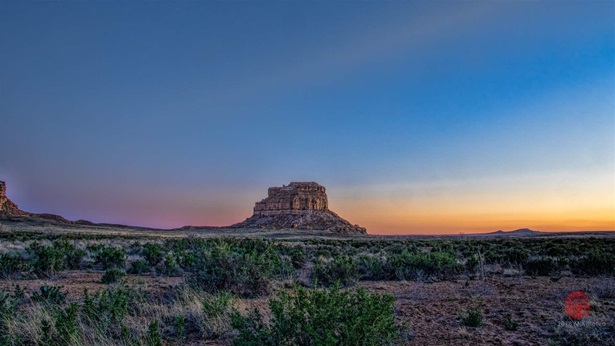
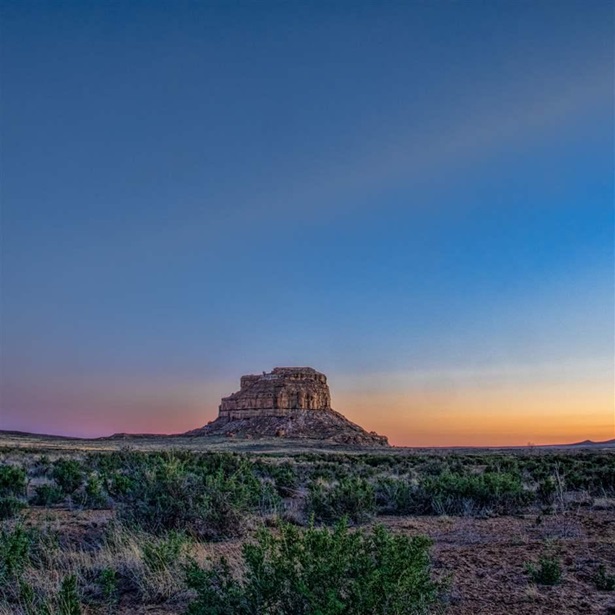
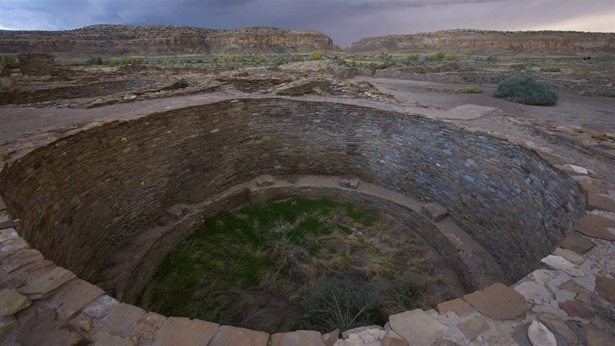
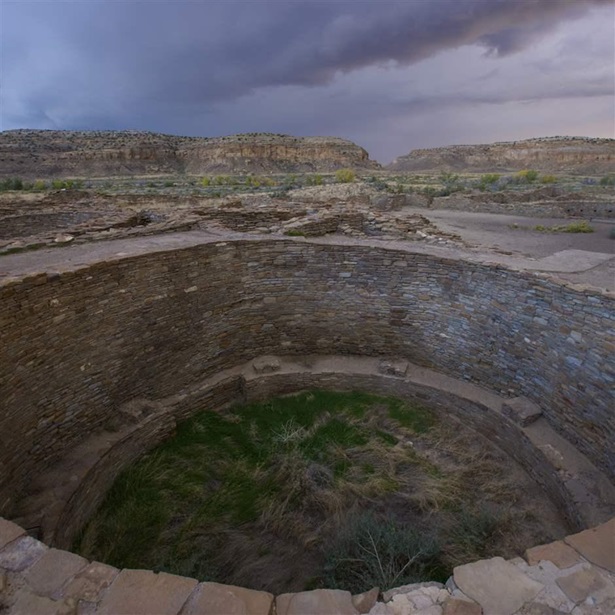
Drilling Ban Would Help Protect New Mexico Landscape
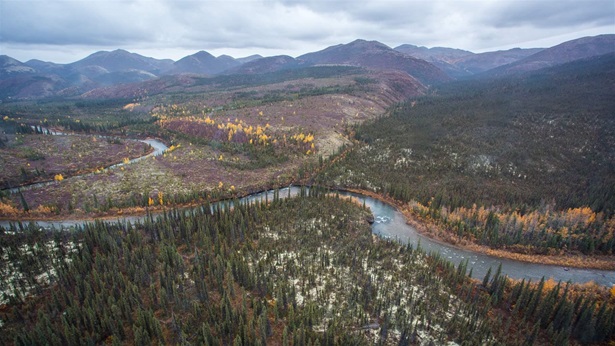
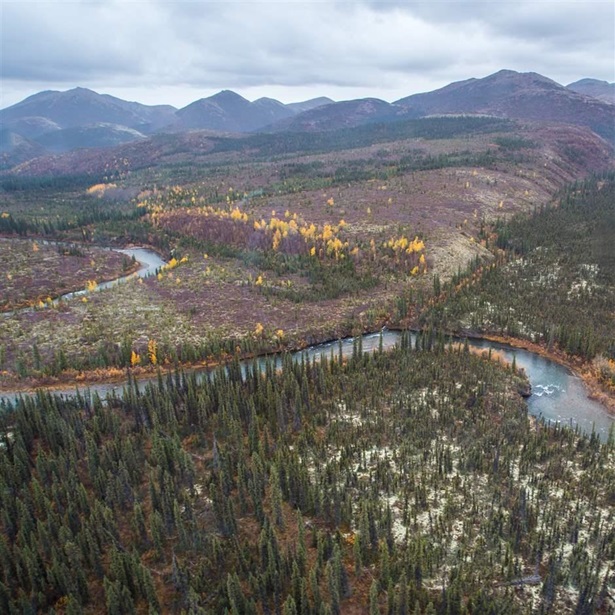
Biden Has Opportunity to Protect Remarkable Public Lands
